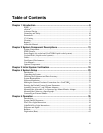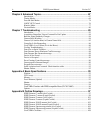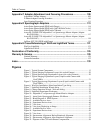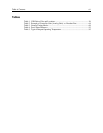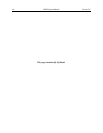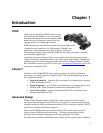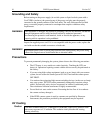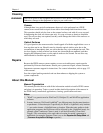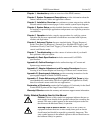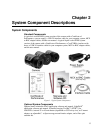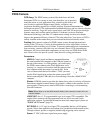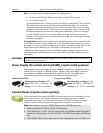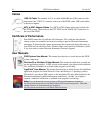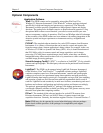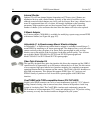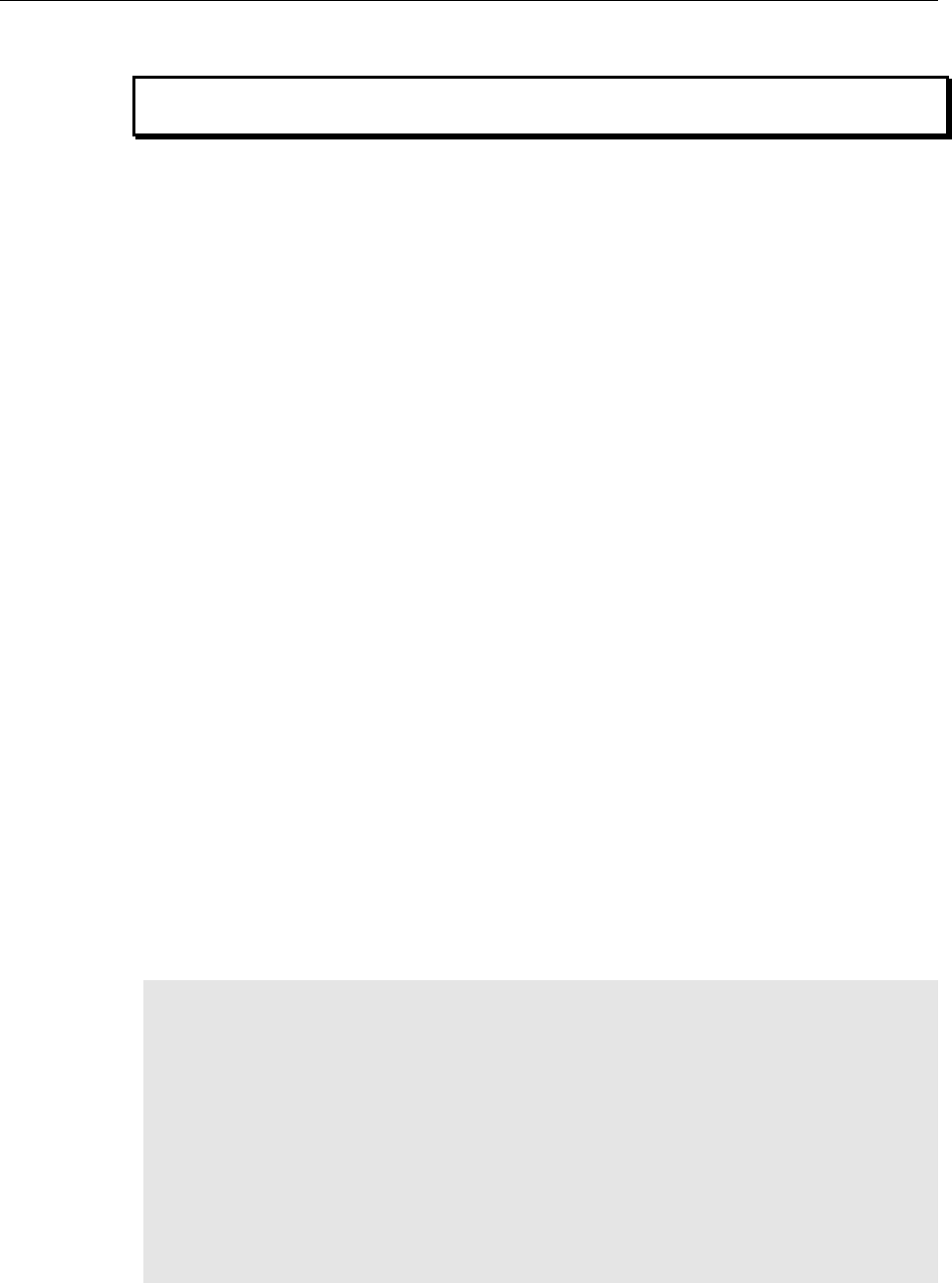
Chapter 1 Introduction 11
11
Cleaning
Turn off all power to the equipment and secure all covers before cleaning the units.
Otherwise, damage to the equipment or injury to you could occur.
Camera
Although there is no periodic maintenance that needs to be performed on a PIXIS
camera, users are advised to wipe it down with a clean damp cloth from time to time.
This operation should only be done on the external surfaces and with all covers secured.
In dampening the cloth, use clean water only. No soap, solvents or abrasives should be
used. Not only are they not required, but they could damage the finish of the surfaces on
which they are used.
Optical Surfaces
As a good practice, the camera must be closed/capped off with the supplied dust cover or
lens cap when not in use. Should a need to clean the optical window arise due to the
accumulation of atmospheric dust, we advise that the drag-wipe technique be used. This
involves dipping a clean cellulose lens tissue into clean anhydrous methanol, and then
dragging the dampened tissue over the optical surface to be cleaned. Do not allow any
other material to touch the optical surfaces.
Repairs
Because the PIXIS camera system contains no user-serviceable parts, repairs must be
performed by Princeton Instruments. Should your system need repair, contact Princeton
Instruments customer support for instructions. For contact information, refer to page 132
of this manual.
Save the original packing materials and use them whenever shipping the system or
system components.
About this Manual
Manual Organization
This manual provides the user with all the information needed to install a PIXIS camera
and place it in operation. Topics covered include detailed description of the cameras in
the PIXIS family, installation, applications, cleaning, specifications and more.
Notes:
1. "WinX" is a generic term for WinView/32, WinSpec/32, and WinXTest application
software.
2. In many instances, WinX and LightField
®
use different terms for the same functions
or parameters. Unless the topic is specifically for WinX or LightField, curly brackets
{ } are used to denote a LightField term or location. When the topic applies to both
application programs, the WinX term will be followed by the {LightField term}: for
example, when Continuous Cleans is used, it will be followed by {Clean Until
Trigger}. This convention is also used when a location for setting a parameter is
mentioned: for example, Exposure Time is set on the Experiment Setup|Main tab
{Common Acquisition Settings expander}.
WARNING!



